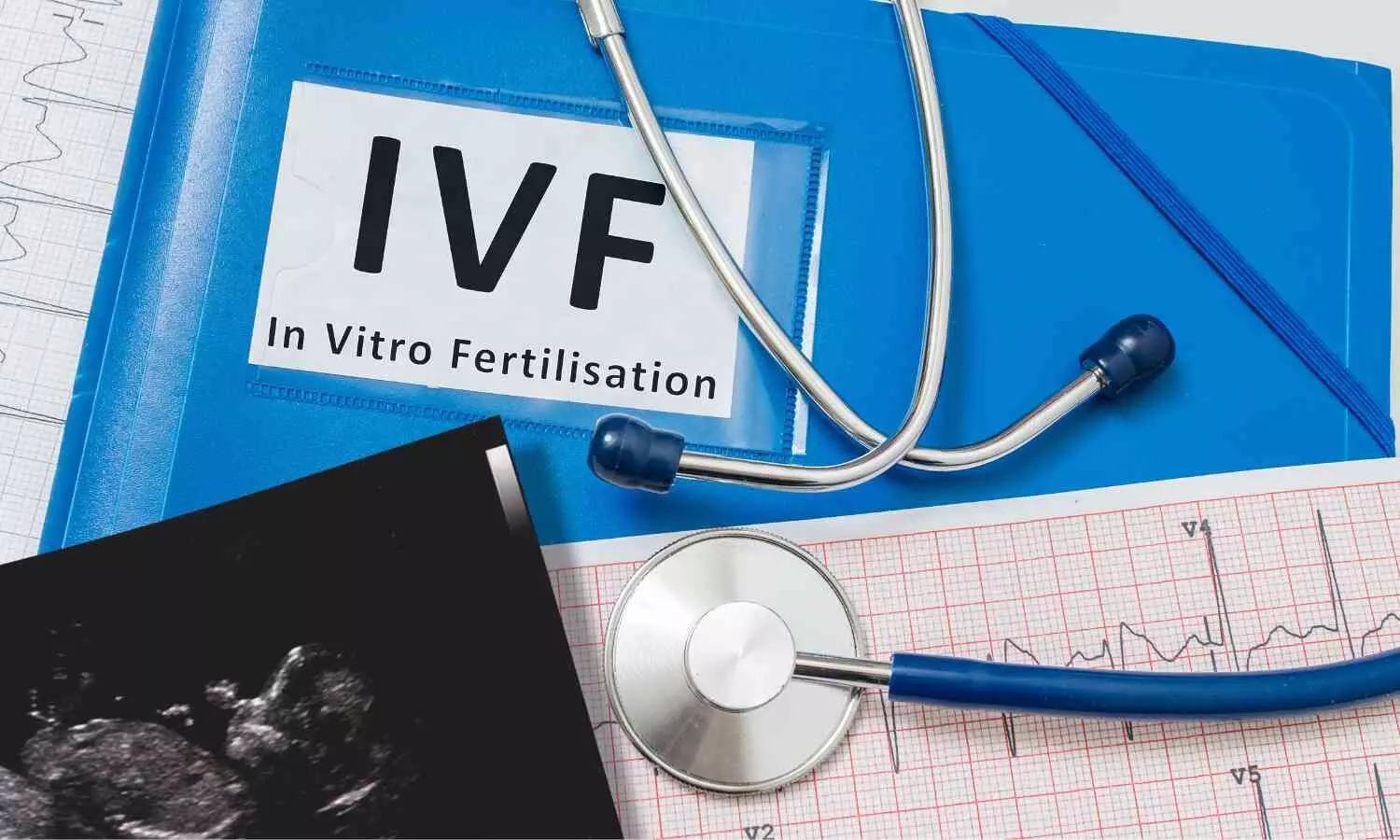Time: 2024-07-10
Women in Europe are experiencing a rise in the number of In vitro fertilization ( IVF ) and intrauterine insemination ( IUI ) cycles , as presented at the European Society of Human Reproduction and Embryology 's 40th Annual Meeting in Amsterdam . Data from the ESHRE European IVF Monitoring Consortium showed a significant increase in the utilization of Assisted reproductive technology ( ART ) in 2021 compared to the previous year.
The report highlighted that a total of 1,103,633 ART treatment cycles were reported by 1,382 clinics across 37 European countries in 2021 , marking a 20 % increase from 2020 . This increase is particularly noteworthy considering the impact of the COVID-19 pandemic on treatment cycles in 2020 . The data also revealed specific numbers for various types of treatment cycles , including IVF , intracytoplasmic sperm injection ( ICSI ) , frozen embryo replacement , preimplantation genetic testing , and more.

The clinical pregnancy rates per aspiration and per transfer for IVF and ICSI treatments remained stable between 2020 and 2021 . Additionally , the pregnancy rates per transfer for frozen embryo replacement and fresh embryo transfer from egg donations showed slight improvements in 2021 compared to the previous year . However , there was a slight decrease in pregnancy rates for frozen oocyte replacements.
The data also indicated an increase in the use of one embryo per transfer , with percentages rising from 57.9 % in 2020 to 60.5 % in 2021 . The proportion of singleton , twin , and triplet deliveries in 2021 demonstrated a shift compared to 2020 , with singleton deliveries being the most common outcome .
The ESHRE EIM report represents the most extensive data collection on medically assisted reproduction in Europe . Since 1997 , ART data has been aggregated and analyzed by the EIM , providing valuable insights into the trends and outcomes of fertility treatments in the region . The data collected for 2021 from national registries or medical associations in 37 European countries offer a comprehensive overview of the use of ART across the continent.
In conclusion , the increasing utilization of assisted reproductive technology in Europe is shaping the landscape of fertility treatments , with a focus on improving patient outcomes and clinical standards . The data presented at the ESHRE 40th Annual Meeting provide valuable insights into the trends and developments in ART across European countries , highlighting the importance of collaborative efforts and standardized reporting in advancing reproductive medicine.